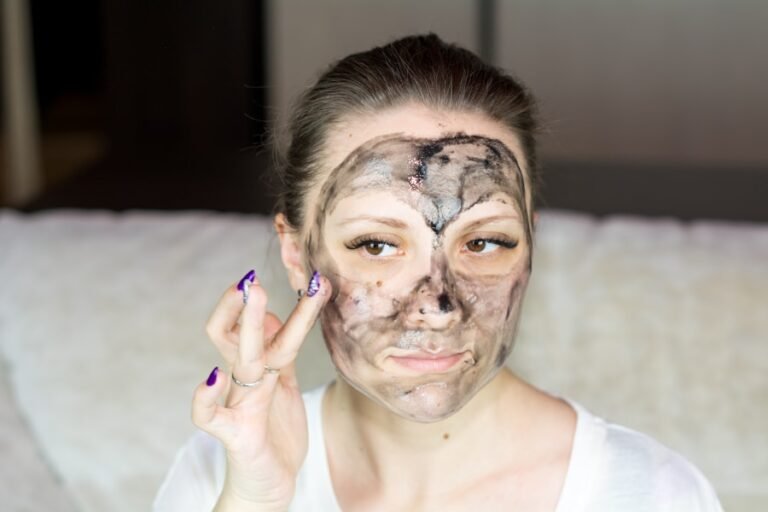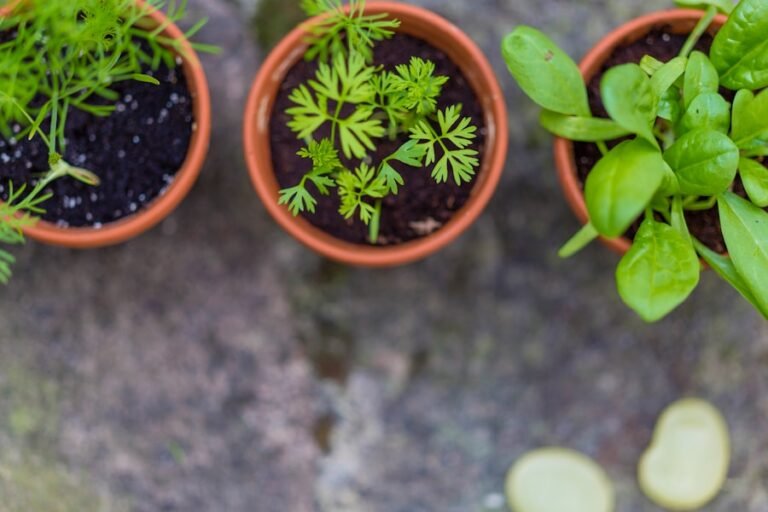Exploring Alternative Approaches to Wellness
In the realm of health and well-being, there is a growing interest in exploring alternative approaches to wellness. At Alternative Medicine Facts, a belief in the power of holistic healing drives their mission to provide reliable, evidence-based information about various alternative medicine practices. This enables individuals to make informed decisions about their health and well-being. By delving into the world of alternative medicine, this article aims to shed light on the potential benefits and considerations of embracing a more holistic approach to wellness.





Exploring Alternative Approaches to Wellness
At Alternative Medicine Facts, we believe in the power of holistic healing and the exploration of alternative approaches to wellness. Our mission is to provide reliable, evidence-based information about various alternative medicine practices, empowering you to make informed decisions about your health and well-being.
Holistic Healing: An Overview
Holistic healing is an approach to wellness that considers the whole person – body, mind, and spirit – instead of just treating specific symptoms or diseases. It acknowledges that all aspects of a person’s life are interconnected and believes that true healing can only occur when the underlying root causes of imbalances are addressed.The Integration of Eastern and Western Medicine
In recent years, there has been a growing recognition of the benefits of integrating Eastern and Western medicine. While Western medicine tends to focus on treating the symptoms of a disease, Eastern medicine takes a broader approach, addressing the underlying imbalances that may contribute to illness.By combining the two approaches, patients can benefit from the best of both worlds. They can receive the advanced diagnostics and interventions of Western medicine while also exploring complementary practices from Eastern medicine that promote overall well-being and balance.Mind-Body Practices for Well-being
mind-body practices are techniques that aim to enhance the connection between the mind and body, promoting overall well-being. These practices recognize the influence of thoughts, emotions, and beliefs on physical health and utilize various techniques to tap into the body’s innate capacity for healing.Examples of mind-body practices include meditation, yoga, tai chi, and qigong. These practices have been shown to reduce stress, improve mental clarity, enhance flexibility and balance, and support overall emotional well-being.Nutrition: A Holistic Approach to Wellness
Nutrition plays a vital role in maintaining and promoting overall health and well-being. A holistic approach to nutrition involves considering not only the macronutrient and micronutrient content of food but also the quality, source, and energetic properties of what we consume.Eating a well-balanced diet that includes whole, unprocessed foods can provide the body with the nutrients it needs to function optimally. Additionally, mindful eating practices, such as listening to hunger and fullness cues and savoring each bite, can promote a healthy relationship with food and foster a nourishing approach to eating.
Herbal Medicine: Traditional Healing Methods
herbal medicine, also known as botanical medicine, is a traditional healing practice that utilizes plants and plant extracts to support health and well-being. This approach recognizes the medicinal properties of various herbs and their ability to restore balance and promote healing within the body.From ancient times to modern-day, herbs have been used for their therapeutic properties in treating a wide range of conditions. Herbal medicine can be used in various forms, including teas, tinctures, capsules, and topical applications. It is important to consult with a trained herbalist or healthcare provider before using herbal remedies to ensure safety and efficacy.Energy Healing: Balancing the Body’s Vital Energy
Energy healing is based on the belief that the human body is made up of interconnected energy fields that can become imbalanced, leading to physical, emotional, and mental health issues. By working with these energy fields, energy healers aim to restore balance, remove blockages, and promote the body’s natural ability to heal itself.There are various modalities of energy healing, such as Reiki, acupuncture, and crystal healing. These practices involve the transfer of energy from the practitioner to the client, rebalancing and restoring the body’s vital energy.
Ayurveda: The Ancient Indian System of Medicine
Ayurveda is an ancient Indian system of medicine that emphasizes the balance between mind, body, and spirit for optimal health. It recognizes that each individual has a unique constitution, composed of three doshas – Vata, Pitta, and Kapha – and aims to restore harmony and balance within these doshas.Ayurvedic treatments may include herbal remedies, dietary modifications, meditation, yoga, and other lifestyle practices. By addressing the root cause of imbalances, Ayurveda promotes overall well-being and helps prevent disease.Traditional Chinese Medicine: The Yin-Yang Approach
Traditional Chinese Medicine (TCM) is a holistic approach to health that dates back thousands of years. TCM views the body as a whole system and focuses on restoring balance between opposing forces, primarily the yin and yang energies.TCM includes various practices, such as acupuncture, herbal medicine, dietary therapy, and qigong. It aims to promote the flow of qi (life force energy) throughout the body, supporting overall health and well-being.
Ayahuasca: A Shamanic Plant Medicine
Ayahuasca is a powerful shamanic plant medicine that has been used for centuries by indigenous tribes in the Amazon rainforest. This traditional healing brew is made from a combination of plants and contains a psychoactive compound called DMT.Ayahuasca ceremonies are conducted with experienced shamans who guide participants through a deep and introspective journey. It is believed that ayahuasca can help individuals gain insights, heal emotional traumas, and connect with their inner selves and the spiritual realm.It is important to approach ayahuasca with caution and respect, as it is a potent medicine that can induce intense experiences. Seek guidance from experienced practitioners and ensure that safety protocols are followed.Music Therapy: Healing Through Sound
Music therapy is a therapeutic approach that utilizes the power of music to promote physical, emotional, cognitive, and social well-being. It involves the use of live or recorded music, as well as various techniques such as singing, playing instruments, and improvisation.Music has a profound impact on the brain and can affect mood, reduce anxiety, and promote relaxation. Music therapy has been shown to be beneficial for a wide range of conditions, including depression, anxiety, chronic pain, and cognitive impairments.
Art Therapy: Nurturing Creativity and Emotional Well-being
Art therapy is a form of expressive therapy that uses visual art- making to promote self-expression, self-discovery, and emotional healing. Through the creative process, individuals can explore and communicate their thoughts, feelings, and experiences in a safe and non-verbal manner.Art therapy can be beneficial for individuals of all ages and has been used to address various mental health concerns, such as trauma, grief, and stress. Engaging in art-making can provide a sense of empowerment, increase self-esteem, and foster personal growth and transformation.In conclusion, exploring alternative approaches to wellness can open up a world of possibilities for improving health and well-being. From holistic healing practices that consider the whole person to ancient systems of medicine and expressive therapies, there are numerous avenues to explore on the path to optimal wellness. Just remember to approach these practices with an open mind, seek guidance from qualified practitioners, and listen to your own body and intuition as you embark on your wellness journey.







